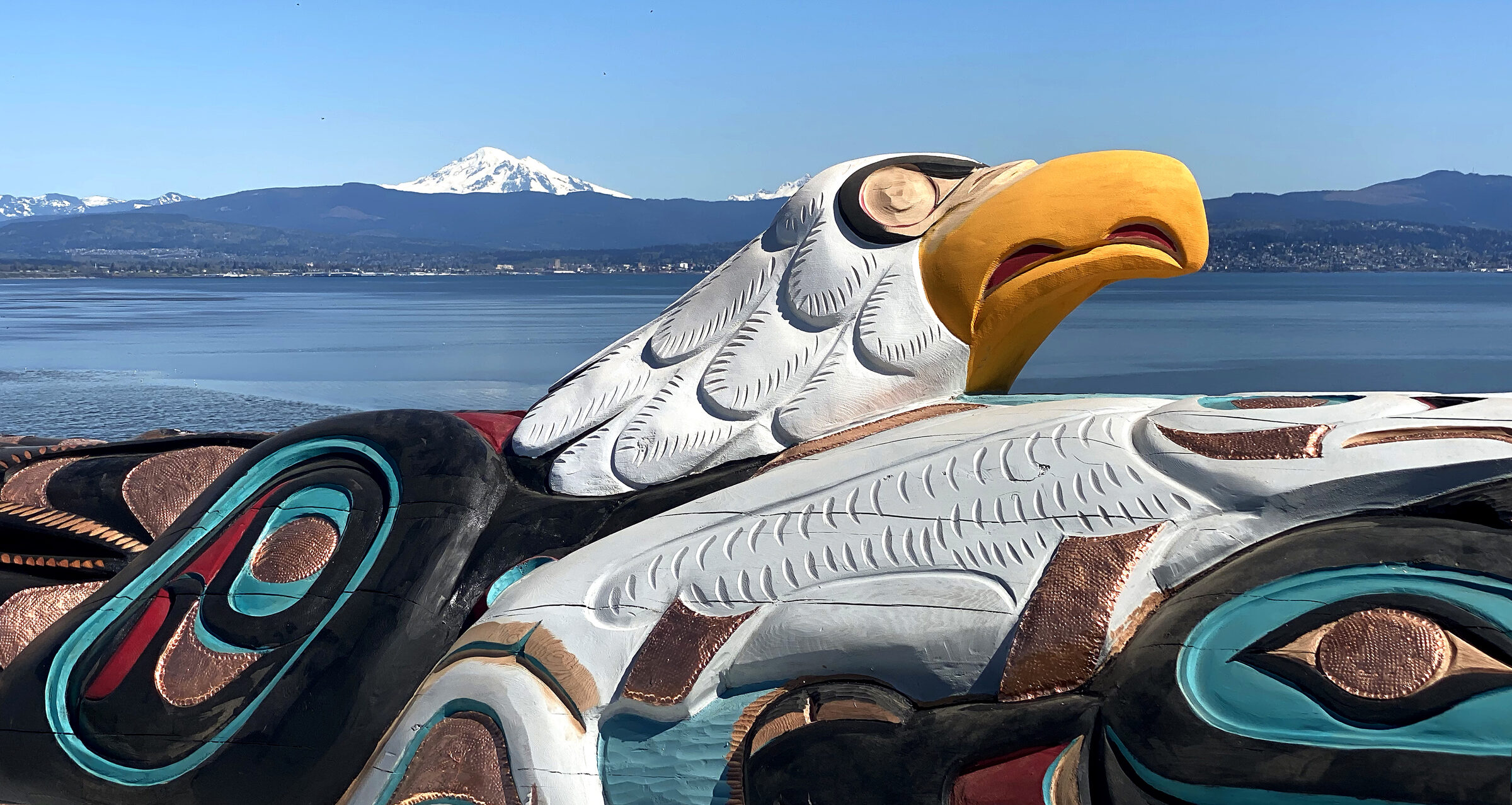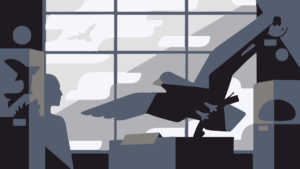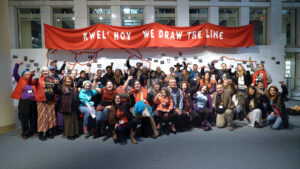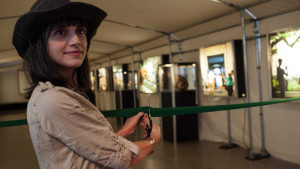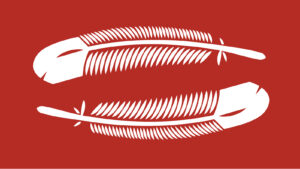As record-breaking heat waves and floods ravage our continent, we join members of the Lummi Nation for a coast to coast expedition, transporting a 25-foot, hand-carved and painted totem pole from Washington State to Washington D.C., visiting many sacred and historic places under threat from dams, climate change, and resource extraction.
This is the Red Road to DC: a touring series of ceremonies, public events, media projects, and campaigns culminating in a rally on the National Mall and an exhibition developed by The Natural History Museum and the House of Tears Carvers at the Smithsonian National Museum of the American Indian.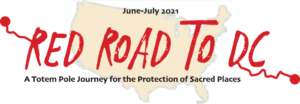
From the Salish Sea to the Snake River, Chaco Canyon to the Black Hills, Anishnaabe lands in Minnesota to Standing Rock in South Dakota, the totem pole carries the spirit of the lands it visits, and the power and prayers of those who encounter it. The journey draws lines of connection—honoring and uniting the Native Nations and communities leading struggles to protect sacred places—and it also draws a line against an understanding of development that is pushing the world toward extinction.
On July 29th we will deliver the pole, along with the prayers, power, and demands it carries, to the Biden-Harris Administration. The totem pole stands as a symbol of the promises made to the first peoples of these lands and waters, and our collective ancestral obligation to care for the natural world for the generations to come. In acknowledgement of past and present injustices inflicted on Native Peoples and lands without consent, and in the context of the climate and extinction crises, the Red Road to DC invites all of us to take a stand with those who are leading movements to protect sacred places. Our collective future depends on it.
Join us!
You can participate online, in person, and by amplifying the message. Please visit the journey site to follow along, sign the petition to protect sacred places, make a donation, and sign up for updates.
Red Road to DC National Totem Pole Journey Schedule
- July 14, Lummi Nation, WA
- July 15, Snake River, ID
- July 17, Bears Ears, UT
- July 18, Chaco Canyon, NM
- July 21, Black Hills, SD
- July 22, Missouri River, SD
- July 24, Standing Rock, ND
- July 25, White Earth, MN
- July 27, Bay Mills, MI
- July 28-30, Washington D.C.
As of this writing, the totem pole is carved and mostly painted, It is an incredible honor to bear witness to its creation. With the pole ready ahead of schedule, the House of Tears Carvers is organizing a preliminary Pacific Northwest and West Coast tour to offer an opportunity for regional communities to visit and pray with the pole. The most current details can be found here.
TOTEM POLE JOURNEY TEAM
House of Tears Carvers of the Lummi Nation have created more than 15 totem pole journeys over 20 years, covering more than 60,000 miles as they traveled to communities across North America facing threats to natural and cultural heritage, tribal sovereignty, public health, and the climate.
Se’Si’Le is the Lummi language term for our grandmother. Respect for elders is central to Native life: to acknowledge Grandmother Earth is to invoke ancestral and cultural power. Se’Si’Le reintroduces Indigenous spiritual law into the mainstream conversation about climate change and the environment.
Native Organizers Alliance (NOA) is dedicated to building the organizing capacity of tribes, organizers and community groups for transformational policy change. It also provides a forum for Native leaders, organizers and organizations to work in collaboration with each other and promote their work with non-Native national allies.
The Natural History Museum (NHM) leverages the power of history, museums, monuments, and movements to change narratives, build alliances, educate the public and drive civic engagement in support of community-led movements for climate and environmental justice. To learn more visit http://
IllumiNative is building an innovative organizational network that fosters meaningful participation from a diverse and committed collective of Native storytellers, artists, youth, organizers, tribal and grassroots leaders as well as non-Native partners in entertainment, media and social justice.

